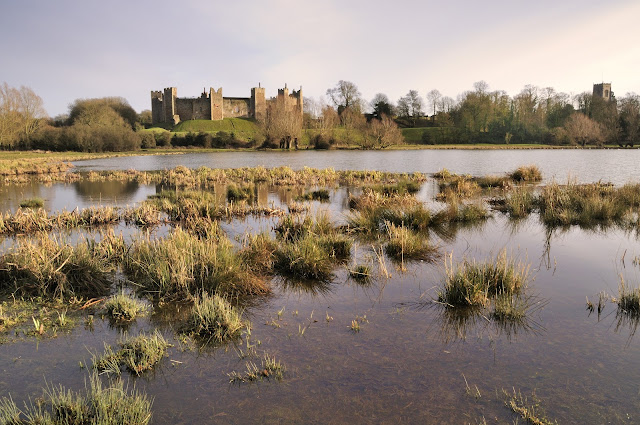The Lulworth Estate extends over 12,000 acres (20 square miles) of the south Dorset countryside, including 5 miles of the Jurassic Coast and internationally renowned landmarks such as Lulworth Cove and Durdle Door. Lulworth estate pedigree can go back as far as Doomsday times in the 11th century and beyond, and, since 1641, it has been owned and managed by the Weld family.
In 1641 Humphrey Weld, grandson of a rich London Merchant and direct ancestor of the current owner, purchased the Lulworth Estates from Thomas Howard who had built the Castle here between 1608 and 1610 to complement his manor house at Bindon Abbey in the nearby village of Wool.
Humphrey did not have the Castle for long before the Civil War erupted in England, during which the manor house at Wool was destroyed and the Estate sequestrated by the Parliamentarians. After the Civil War Humphrey Weld needed to refurbish the Castle’s interior as it was now the main family home and needed alterations to make it permanently liveable.
Over the years, the Castle has had various uses, occupants and a diverse and colourful history. There have been a number of significant events at the Castle, some like the fire of 1929 were devastating, others less so but equally as important in the Castle’s history.
From a perilous state of decay following the fire the Castle was saved from eventual ruin. The exterior is now fully restored and the interior consolidated. Exposed to the elements for 70 years after the fire, the Castle decayed rapidly, stonework eroded and unburnt timbers rotted until the whole structure was in danger of collapse.
Discussions between the Weld Estate and English Heritage led to the start of a programme of consolidation. The first priority was safety; dangerous and crumbling masonry was supported, scaffolding erected and the site was cleared of vegetation and loose debris.
Stripped of plaster and panelling by the fire, the naked walls revealed their history. Previously hidden details like blocked doorways and scars of demolished walls, together with historic records, were used to interpret the building’s development over the centuries. The project was completed in 1998 when the Castle opened its doors for the first time since the fire to allow the public to explore this unique building and discover its past for themselves.
Built in the early 17th Century as a hunting lodge, Lulworth Castle became the family seat at the heart of this large estate, hosting royalty and aristocracy before it was ravaged by fire.
The Weld Arms in Lulworth was a great spot to have our lunch
Lulworth Cove
Lulworth Crumple & Stair Hole
No visit to this area would be complete without a visit to Durdle Door - magnificent!
A view the `other side` of Durdle Door.





















































